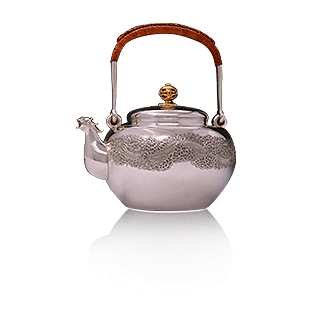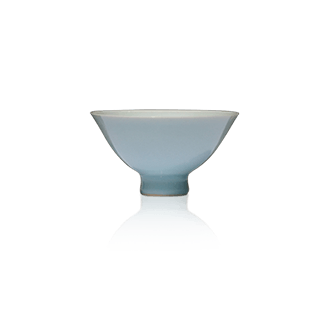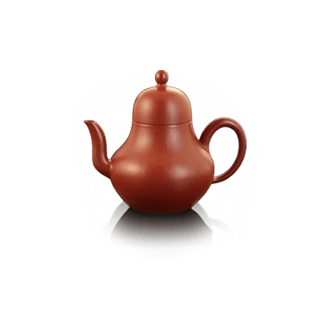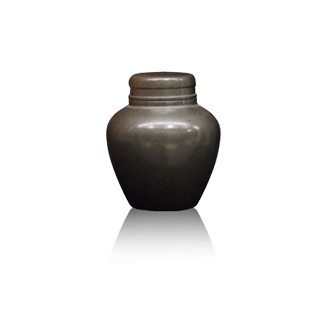




Dayazhai Enamel Lantern Flower and Butterfly Cup







Dayazhai Enamel Lantern Flower and Butterfly Cup
Dayazhai Enamel Lantern Flower and Butterfly Cup
Vessel Type: Hexagonal Cup
Artist: dayatang
Material: Porcelain
Specifications: Rim Diameter: 8.2cm; Overall Height: 6cm
Vessel Type: Hexagonal Cup
Artist: dayatang
Material: Porcelain
Specifications: Rim Diameter: 8.2cm; Overall Height: 6cm
The enamel lantern-shaped cup with flowers and butterflies was created collaboratively by several masters, including Zhang Jian, a master of overglaze enamel and gold-leaf technique in Jingdezhen.
The porcelain painting depicts butterflies and flowers, a sentiment that has inspired countless romantic tales of unwavering love.
Lantern patterns symbolize the addition of new members and increased wealth to the family;
The peony flower symbolizes purity and elegance;
The intertwined branches pattern symbolizes endless life.
Every image carries a meaning, and every meaning is auspicious.
Floral and butterfly pattern:
"Butterfly Loves Flowers" is a famous ci (lyric poetry) title from the Song Dynasty, a form used by literati to express their feelings through objects, imbued with a rich classical and humanistic atmosphere. The phrase has inspired countless romantic tales of unwavering love. As a traditional decorative motif on ceramics and scholar's objects, it further adorns these unglazed clay pieces, giving them a magnificent and splendid appearance. Even after centuries, it continues to radiate its beauty, accumulating rich symbolism and profound meaning.
Lantern pattern:
Lantern patterns are auspicious decorative motifs. Hanging lanterns is believed to pray for the addition of sons and wealth to the family. Lanterns are hung during Chinese New Year celebrations, with the Lantern Festival taking place on the fifteenth day of the first lunar month. In some dialects, the word for "lantern" is a homophone for "son," so "lighting a lantern" signifies "adding a son"; therefore, in some regions, it is believed that women walking under lanterns will have many children.
Treasure flower:
The term "Baoxiang" originates from Buddhism. It is a respectful term used by Buddhist believers to refer to the image of the Buddha, and it represents an ideal flower shape that is pure, dignified, and beautiful.
The term "Baoxianghua" does not refer to a single flower shape. It is a pattern that has undergone artistic refinement, incorporating and refining elements from various flowers such as lotus, peony, and pomegranate.
The lotus flower pattern originated and flourished in the Tang Dynasty, inheriting the Tang Dynasty's aesthetic tendency of valuing fullness and the characteristics of national art and culture. By the Song Dynasty, the lotus flower pattern had changed from its rich and luxurious style to become more regular and simple. The Song Dynasty also saw the emergence of the intertwined lotus flower pattern, which also had a more obvious sense of movement.
vine pattern:
The exterior is painted with enamel longevity characters and lotus scrolls, the veins of which are clearly visible. The scrolling lotus branches and leaves are graceful and dynamic, with vibrant colors and gold string patterns. Because of its continuous structure, which symbolizes "endless life," the scrolling pattern is also known as "longevity vine."
Lantern patterns were popular during the Ming and Qing dynasties; intertwined vine patterns originated around the Han dynasty and flourished during the Northern and Southern Dynasties, Sui and Tang dynasties, Song and Yuan dynasties, and Ming and Qing dynasties.
Enamel:
Besides the intricate and exquisite painting, the Guyuexuan Palace Lantern Teapot Covered Bowl requires four firings in the kiln to complete, each with its own risks.
Enamelware from the Qing Dynasty was originally intended for the enjoyment of emperors and empresses. Enamel is a special type of artificially fired pigment. Before the sixth year of the Yongzheng Emperor's reign (1728), it had to be imported from Europe. After the sixth year of the Yongzheng Emperor's reign, the Qing Palace workshops were able to refine more than 20 kinds of enamel pigments themselves, which is a product of the peak period of ancient Chinese polychrome porcelain craftsmanship.





Frequently asked questions
Use the FAQ section to answer your customers' most frequent questions.
Order
Yes, we ship all over the world. Shipping costs will apply, and will be added at checkout. We run discounts and promotions all year, so stay tuned for exclusive deals.
It depends on where you are. Orders processed here will take 5-7 business days to arrive. Overseas deliveries can take anywhere from 7-16 days. Delivery details will be provided in your confirmation email.
You can contact us through our contact page! We will be happy to assist you.














